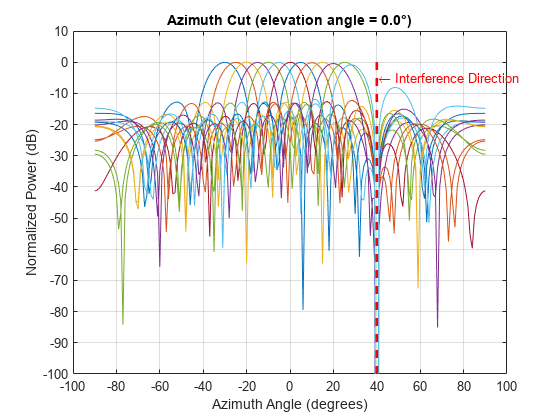
Matlab Program For Dolph Chebyshev Array Definition

Error in dolphchebyshev array. Learn more about algorithm, filter design MATLAB.
Regarding my previous project (MATLAB version of the “Arraytool”, which is not open source) When I was an undergraduate, I had this wonderful opportunity to study a book by “E. The book was Electromagnetic Waves And Radiating Systems. It introduced me to a wonderful world of radiation, fields, antennas and so many other things. But one thing that really attracted me was the concept of analysis and synthesis of antenna arrays. Though the theory provided on antenna arrays in that book is not of advanced level, it gave me an insight into this beautiful world of imaginary electromagnetic waves trying to co-ordinate (interfere) with each other so that they can fulfill their assigned jobs (like scanning or adjusting side lobes, etc). But unfortunately to analyze even a very simple array, I had to do cumbersome array factor evaluations to finding pattern nulls, gain, etc. I am not saying that those calculations were useless. As a matter of fact, those manual computations give us very interesting insight into concepts such as grating lobes, side-lobe level, etc. However, human brains have their limitations.
So, as the number of array elements increases, we need to use computer for all those numerical calculations. However, we don’t have proper tools to educate students (or engineers) on this topic. Yes, we do have CAD tools such as HFSS, CST, ADS, etc and they are very helpful for a microwave engineer. But, a devoted tool providing all possible solutions for antenna arrays is not available at this moment. So, I decided to create a GUI program based on MATLAB which can answer at least some of the very important issues related my favorite topic. This project is still under construction like all my other projects 🙂 P.S. At the time of writing this post, I was not aware of the following tools which also deal with phased array antenna design: • • Anyhow, here are some screen-shots of the “partially completed program”: Grating-Lobe Analysis (Circular Pyramidal Scan) Grating-Lobe Analysis (Rectangular Pyramidal Scan) For further information regarding Grating Lobe Analysis, here.
A simple linear Taylor array (rectangular radiation pattern) For further information on Generalized Discrete Taylor & Bayliss Distribution, here. A simple linear Dolph-Chebyshev array (polar radiation pattern) Pattern-Multiplication shown in rectangular plot Pattern-Multiplication shown in polar plot Radiation pattern cuts (Theta & Phi) in UV-domain Contour as well as 3D patterns corresponding to a linear array Contour as well as 3D patterns corresponding to a planar array (Circular Taylor) Pattern corresponding to a given arbitrary array excitation I/P Shaped beam Synthesis (here, using simple Woodward-Lawson method) Shaped beam Synthesis (here, using simple Woodward-Lawson method).
It's like a neighborhood diner feel with a more interesting menu. Klyuch dlya aktivacii alzex finance. The best part is that the owner and his staff will make you feel like a rock star, especially if you stop in often.
Interference Removal Using Sidelobe Canceller A common requirement when synthesizing beam patterns is pointing a null towards a given arrival direction. This helps suppress interference from that direction and improves the signal-to-interference ratio. The interference is not always malicious- an airport radar system may need to suppress interference from a nearby radio station. In this case, the position of the radio station is known and a sidelobe cancellation algorithm can be used to remove the interference.